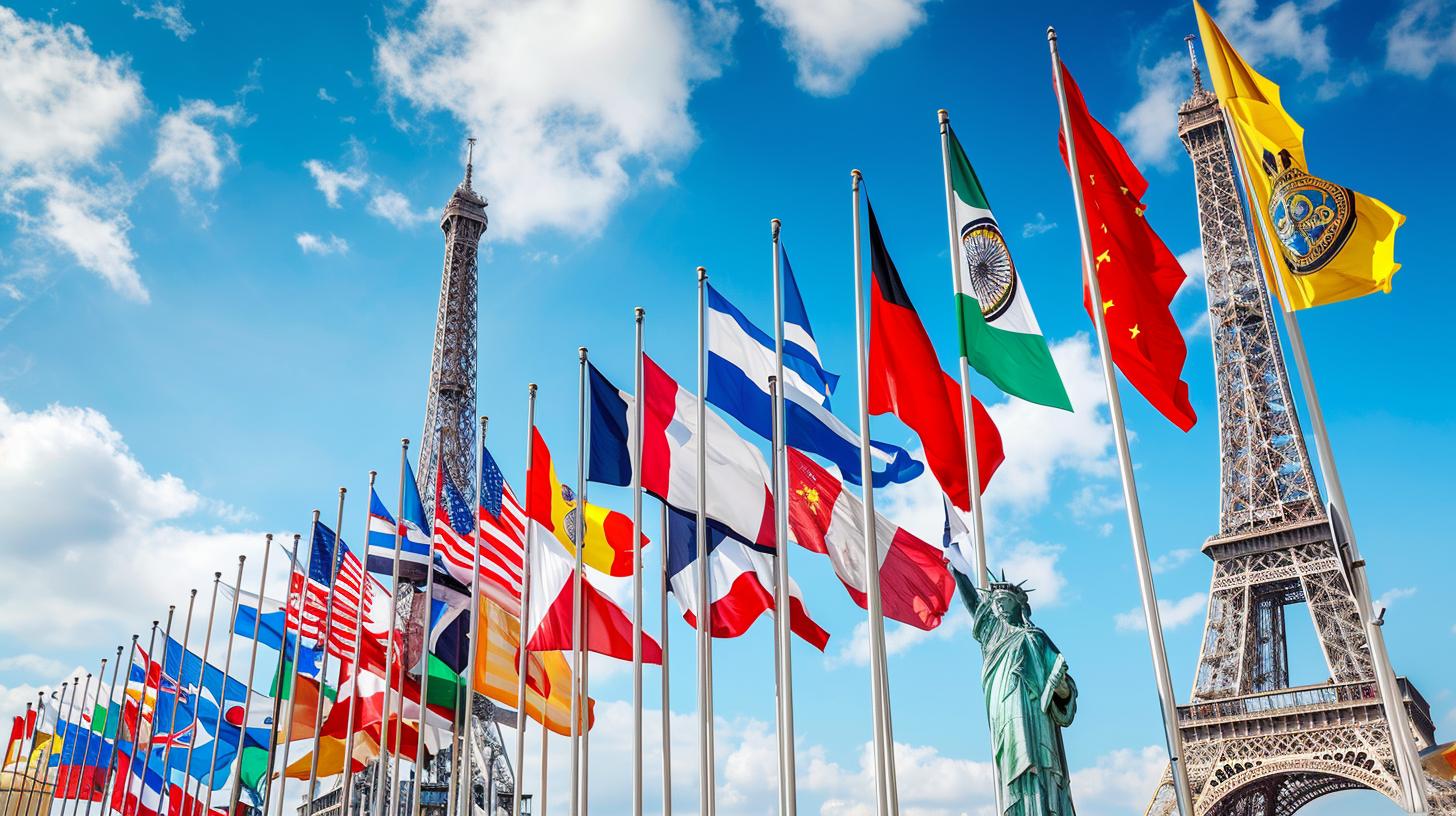Are you interested in learning about different cultures and their traditions? One of the best ways to explore a culture is through its food and cultural celebrations. In this article, we’ll dive into the significance of food in cultural celebrations and how it can help foster understanding and appreciation for different cultures.
A Guide to Food and Cultural Celebrations in Multi-Cultural Dating
- Learn about the cultural significance of food in different regions and countries.
- Explore traditional holiday foods and food festivals from around the world.
- Discover food traditions in different cultures and the etiquette of eating and serving food in different cultures.
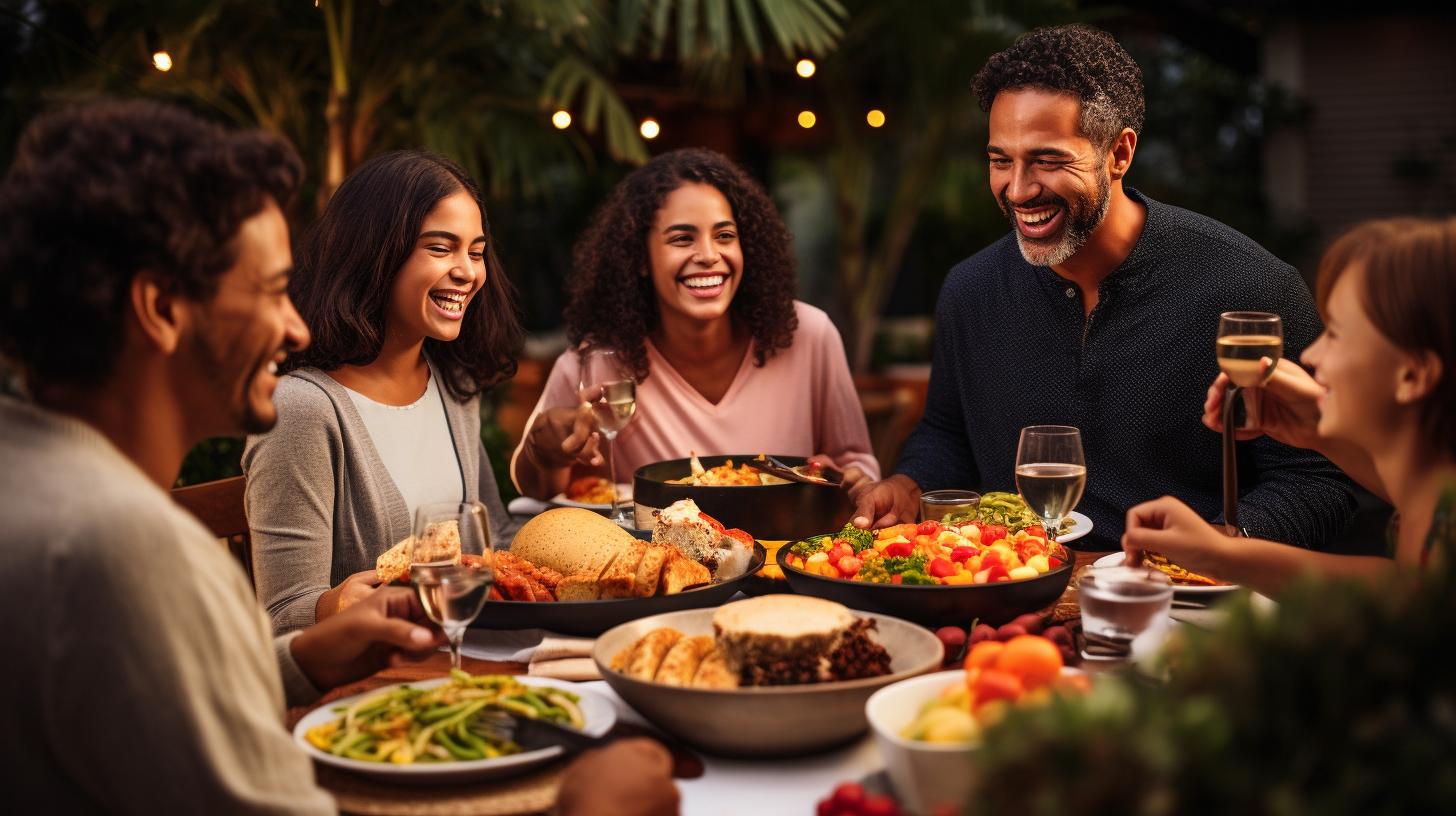
The Importance of Food in Cultural Celebrations
Food is an essential part of every culture. It reflects the social, economic, and religious traditions of a community. Food is often used to celebrate cultural traditions, such as holidays and festivals. In many cultures, food is also used to convey messages of love, respect, and friendship.
Food is a significant aspect of cultural identity and is passed down from one generation to the next. It helps define a community’s history and heritage, and serves as an important symbol of cultural pride. To understand a culture, it is essential to explore its food traditions. By learning about the ingredients, preparation methods, and cultural significance of different foods, we can gain a deeper understanding of a culture’s history, values, and traditions.
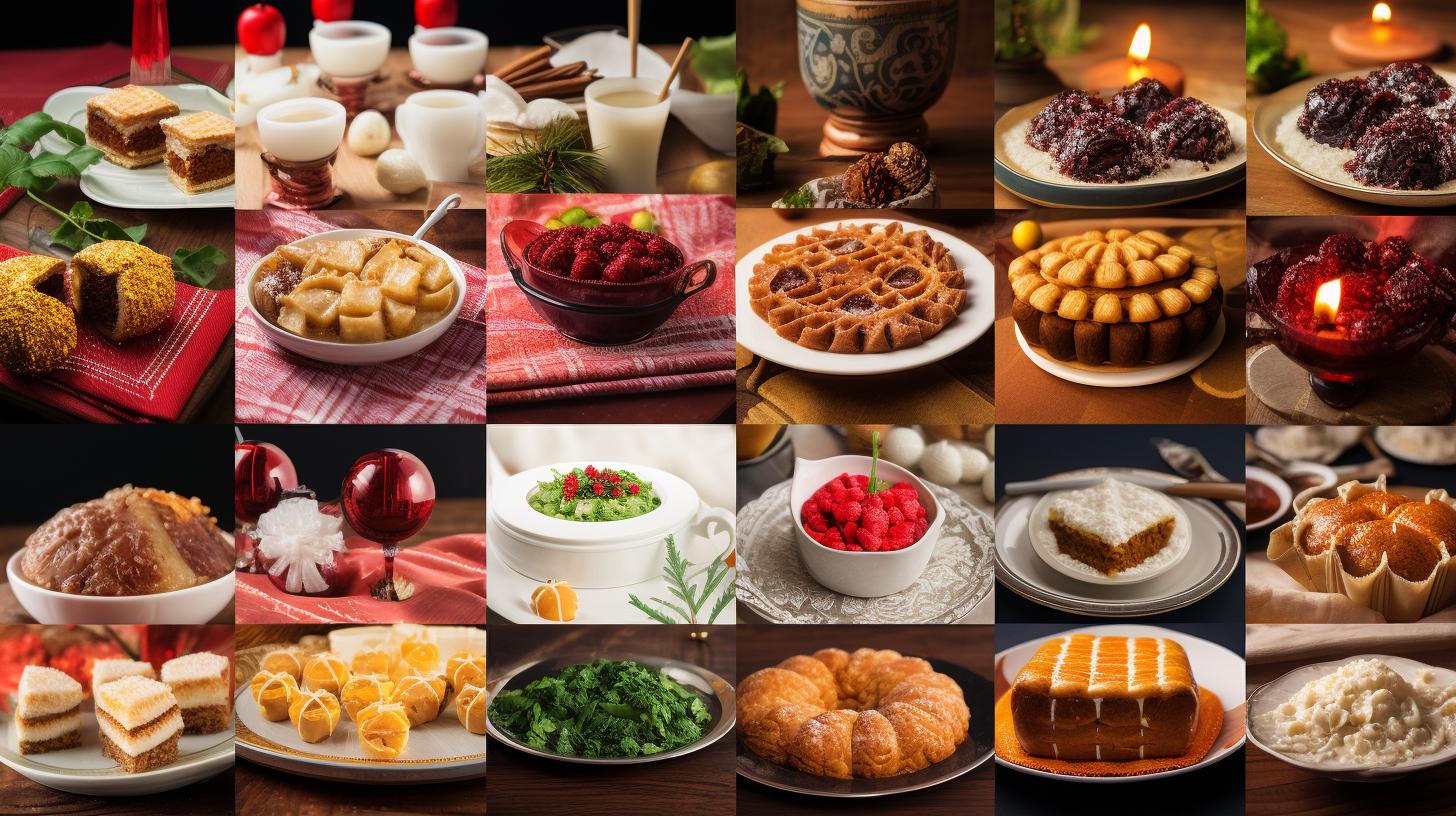
Traditional Holiday Foods from Around the World
Holidays and festivals are an excellent opportunity to explore a culture’s food traditions. Every culture has its unique holiday foods, prepared and served in special ways. These foods are often steeped in tradition and have been passed down through generations.
For example, in Greece, it is customary to serve vasilopita, a traditional cake, on New Year’s Day. In Japan, soba noodles are eaten on New Year’s Eve to symbolize longevity. In Sweden, gingerbread cookies are customary during the Christmas season.
By exploring these traditional holiday foods, we can gain insight into a culture’s values, beliefs, and customs. We can learn about the significance of these foods and how they are prepared and served during celebrations. If you’re interested in learning more, check out this list of international holiday food traditions for inspiration.
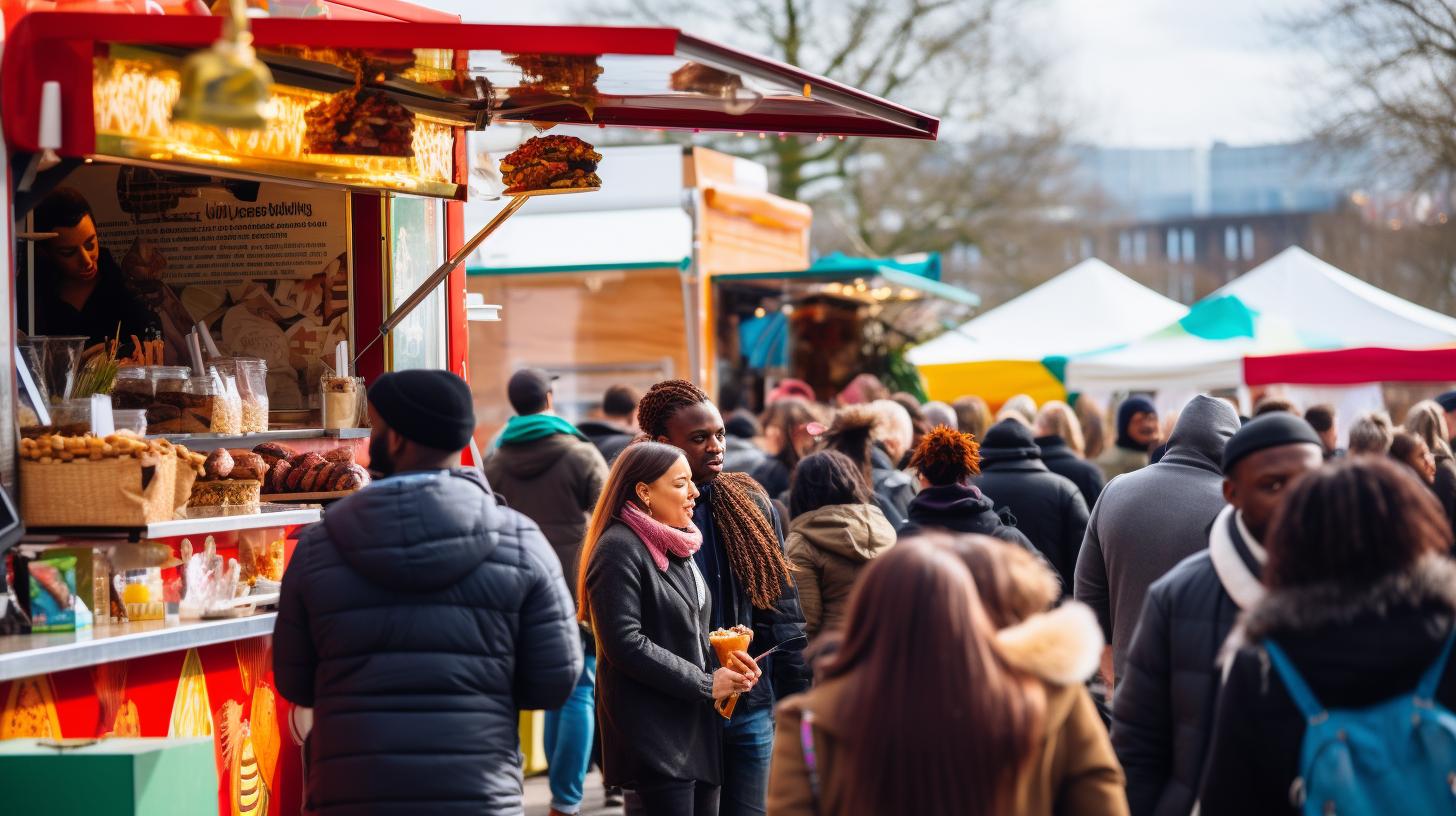
Food Festivals Around the World
Food festivals are another excellent way to explore a culture’s food traditions. These festivals celebrate food and traditions and attract people from different cultures. They also provide an opportunity for cultural exchange and learning.
Some of the world’s most popular food festivals include Oktoberfest in Germany, the Tomato Festival in Spain, and the Pizzafest in Italy. Each festival has its unique traditions and draws visitors from around the world.
In addition to these well-known festivals, there are also many unique food festivals that readers may not know about. For example, the Bessieres Omelet Festival in France celebrates the world’s largest omelet, while the Monkey Buffet Festival in Thailand features a feast for monkeys. Learn more about popular food festivals around the world from this list of popular food festivals around the world.
Food Traditions in Different Cultures
Every culture has its unique food traditions. These traditions reflect the region’s history, geography, and climate. For example, rice is a staple food in many Asian cultures, while bread is a staple in Middle Eastern cultures.
By exploring these food traditions, we can gain insight into a culture’s values, beliefs, and customs. We can learn about the significance of these foods and how they are prepared and served.
To learn more about the food traditions of different cultures, check out this guide to UNESCO culinary traditions around the world. It highlights various food traditions recognized by UNESCO as part of the Intangible Cultural Heritage of Humanity, including dishes like Ukrainian Borscht, baguette bread culture in France, and tea culture in China.
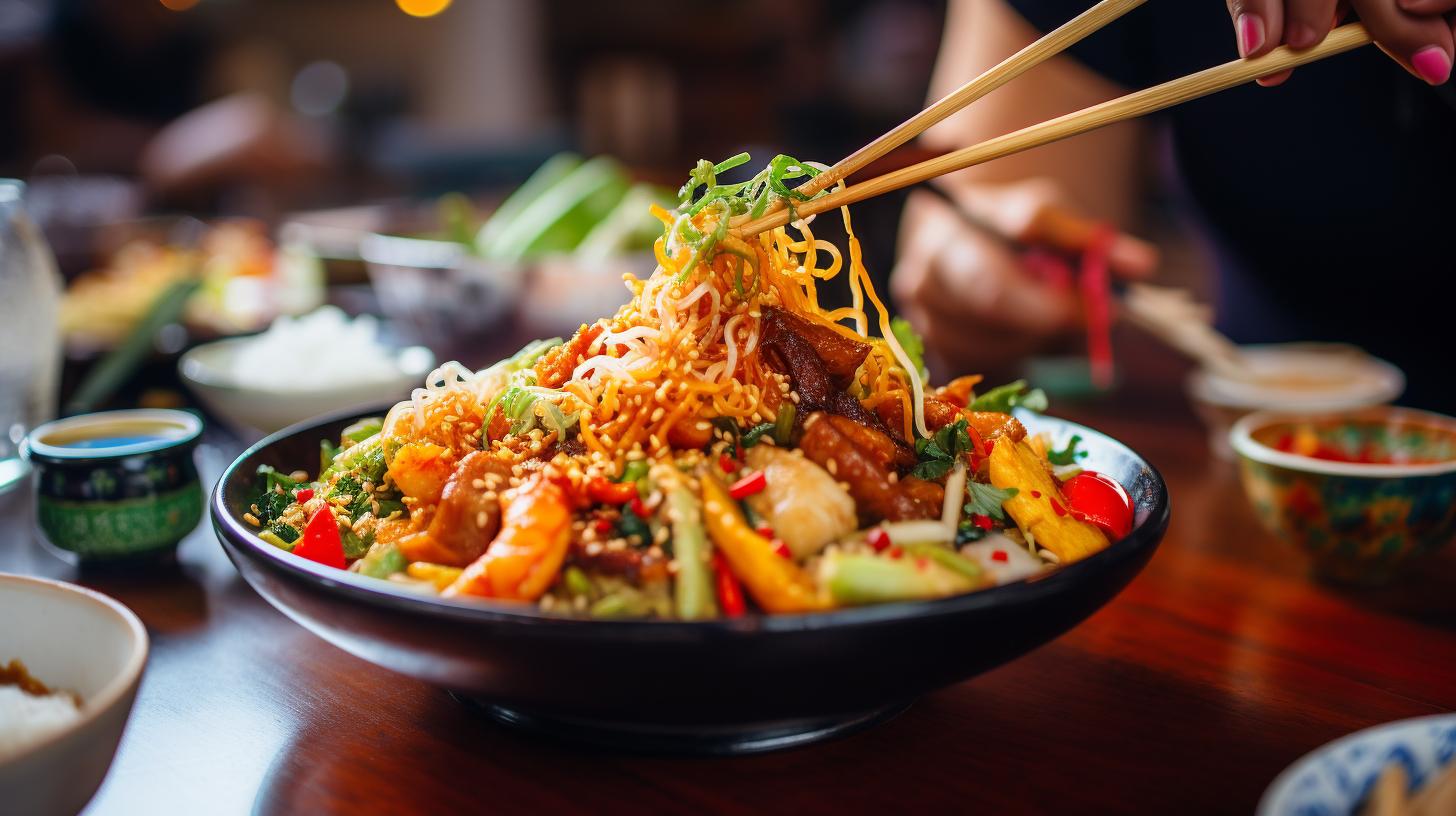
Cultural Food Etiquette
When dating someone from a different culture, it is essential to be respectful of their cultural food etiquette. Different cultures have different customs and traditions when it comes to eating and serving food.
For example, in Asian cultures, it is customary to use chopsticks when eating. In some cultures, it is customary to offer a blessing before a meal. By understanding and respecting these customs, we can show our partners that we appreciate and respect their cultural heritage.
Learn more about cultural food etiquette in our guides on social customs and cultural expectations.
Case Study: Navigating Cultural Food Etiquette in a Multi-Cultural Relationship
When Sarah started dating her partner, Ahmed, who was from Egypt, she quickly realized that there were cultural differences when it came to food etiquette. In Ahmed’s culture, it was customary to eat with your right hand and to never touch food with your left hand, which was considered unclean. Sarah, who was left-handed, had to make an effort to use her right hand during meals with Ahmed’s family.
Another challenge was the importance of hospitality in Ahmed’s culture. Whenever they visited family or friends, they were always offered food and drink, and it was considered impolite to refuse. Sarah learned to pace herself during these visits, as there were often multiple courses and she didn’t want to offend anyone by refusing food.
Despite these challenges, Sarah and Ahmed used their cultural differences as an opportunity to learn about each other’s cultures. Ahmed taught Sarah how to make traditional Egyptian dishes, and Sarah introduced Ahmed to her family’s holiday traditions. By being open-minded and respectful of each other’s cultural food etiquette, they were able to strengthen their relationship and appreciate each other’s backgrounds even more.
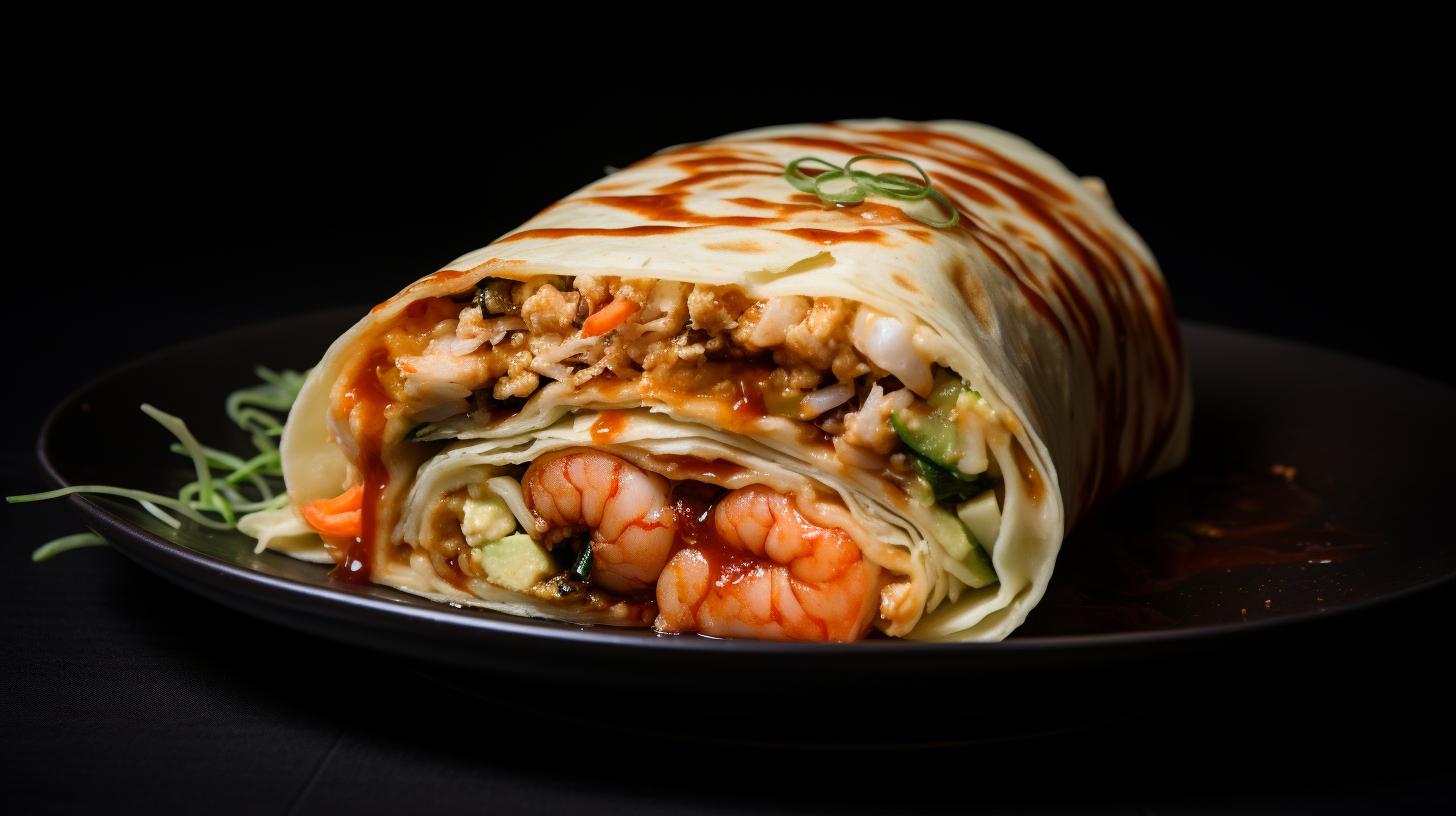
Fusion Foods and Cultural Exchange
Fusion foods represent cultural exchange, created when different cultures come together. These foods are often a mix of different cuisines and reflect the blending of different cultures.
For example, Korean tacos are a fusion food that combines Korean flavors with Mexican tortillas. Sushi burritos are another example of a fusion food that combines Japanese sushi with Mexican burritos.
While fusion foods can be delicious, it is important to be sensitive to cultural appropriation. When exploring fusion foods, it is essential to understand and respect the cultural traditions that inspired them.
Food and Drink Pairings from Different Cultures
Different cultures pair food and drinks together in unique ways. For example, in Japan, sake is often paired with sushi, while in France, wine is often paired with cheese.
If you’re interested in hosting a multi-cultural dinner party, it can be fun to explore different food and drink pairings from different cultures. By pairing different foods and drinks together, you can create a unique and memorable dining experience.
Check out our guide on date-friendly dishes to learn more about hosting a multi-cultural dinner party.
Conclusion
| Culture | Traditional Food | Traditional Drink |
|---|---|---|
| Mexico | Tamales | Tequila |
| Italy | Pizza | Wine |
| India | Curry | Chai |
| Japan | Sushi | Sake |
| Greece | Gyros | Ouzo |
| Thailand | Pad Thai | Thai Iced Tea |
Food is an essential part of every culture, and exploring food traditions can be an excellent way to learn about different cultures. By being open-minded and respectful, we can foster understanding and appreciation for different cultures. This guide is meant to inspire you to explore the world’s food traditions and celebrate cultural diversity through food and cultural celebrations.
FAQs
Q. Who decides on the food for a multi-cultural date?
A. Both parties should discuss and agree on the cuisine to ensure a memorable experience.
Q. What are some popular cultural celebration foods?
A. Chinese New Year – dumplings, Diwali – samosas, Mexican Independence Day – tacos.
Q. How can I find restaurants with multi-cultural options?
A. Use apps like Yelp or Google Maps and search for “ethnic food” or “international cuisine.”
Q. Who pays for the meal on a multi-cultural date?
A. It’s a good idea to split the bill, unless one person insists on treating the other.
Q. What should I do if I’m not familiar with a certain cuisine?
A. Ask your date to recommend dishes and be open to trying something new.
Q. How do I handle a date who dislikes a certain cuisine?
A. Be respectful of their preferences and suggest a compromise or alternative restaurant.




